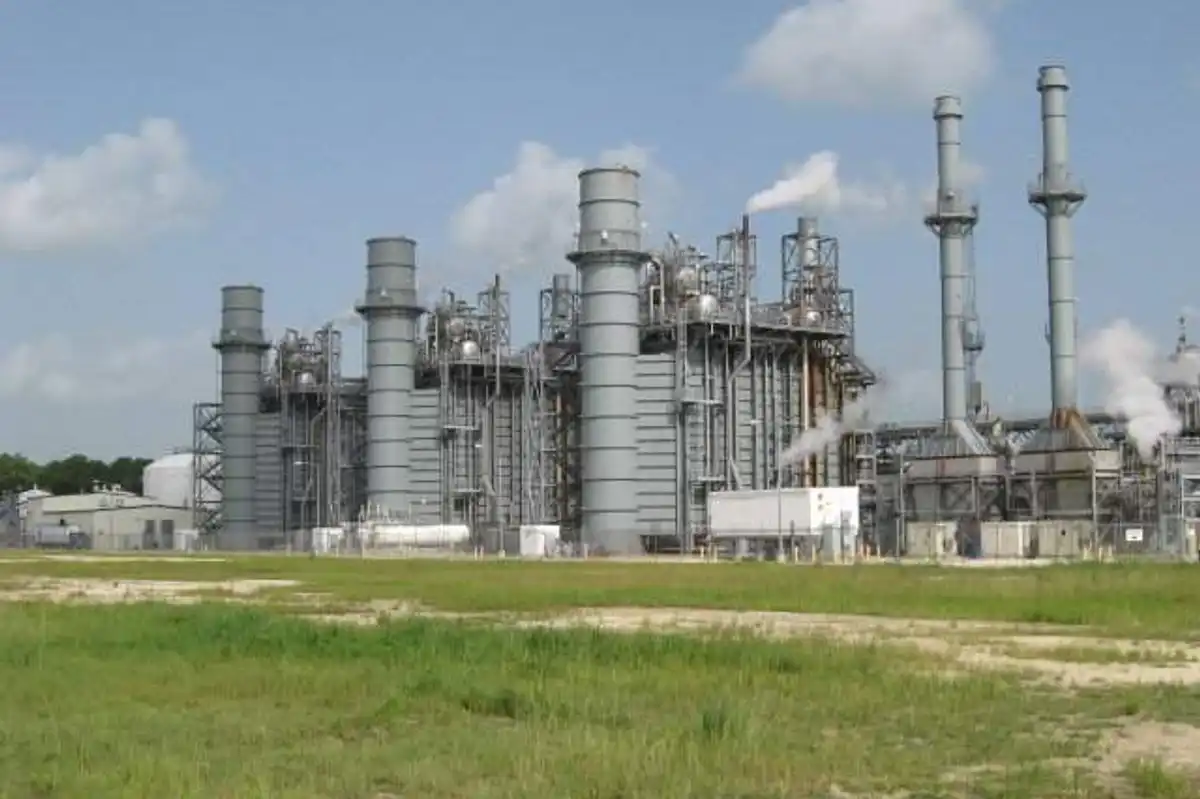Energy data platform with Houston HQ raises over $50M series C to scale US presence
going beyond
Dublin-based GridBeyond raised its series C to support its growth in the the United States.
The company, which has its U.S. headquarters in Houston, reported closing the raise at €52 million, or around $55 million. The round was led by Alantra’s Energy Transition Fund, Klima, with participation from new investors Energy Impact Partners, Mirova, ABB, Constellation and Yokogawa Electric Corporation as well as investment from existing investor, Act Venture Capital.
Founded in 2010, GridBeyond's AI platform allows businesses to unlock the full potential of energy assets and prioritize sustainability, resilience, and affordability of energy.
"This funding, together with the support of our new partners, will enable us to expand our product offering and strengthen our leadership position in this space," Michael Phelan, co-founder and CEO of GridBeyond, says in a news release. “The newly completed financing round sets GridBeyond on the path to increase the reach of our intelligent energy platform and deliver world leading AI and powerful automation capabilities to smart grid and energy markets across the world."
Specifically, the company reportedly will use the funding to expand in the United States, as well as continuing its investment in research and development to facilitate the delivery of a global zero-carbon future.
GridBeyond opened its Houston office, which is located at 2101 CityWest Blvd, four years ago. Last year, the business acquired Denver, Colorado-founded Veritone Business Energy.











